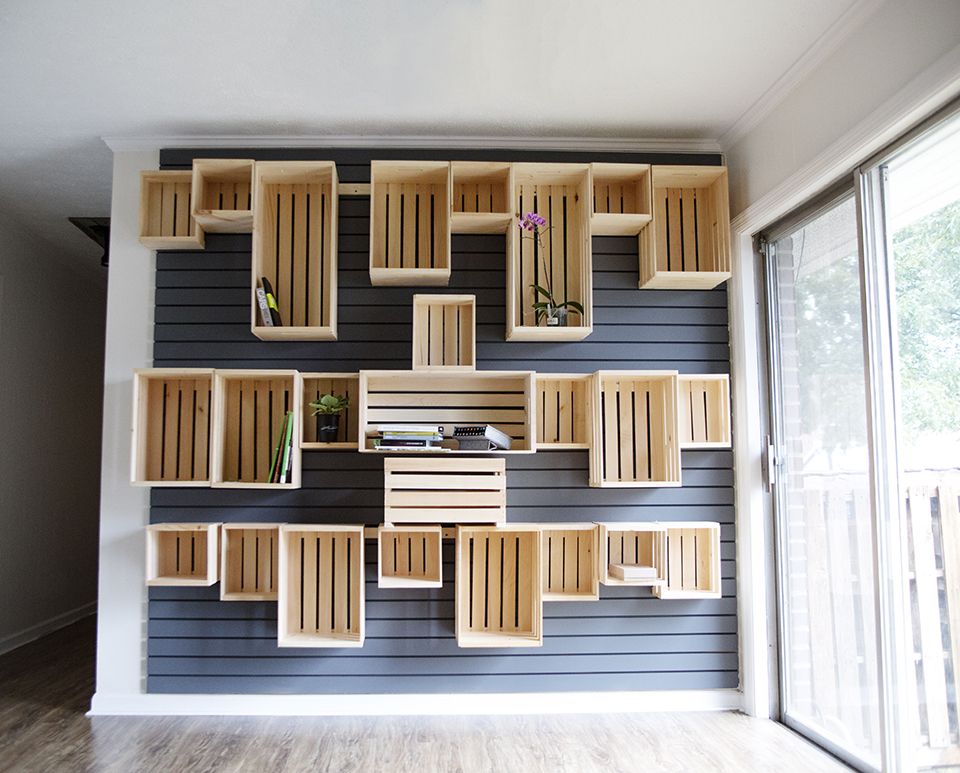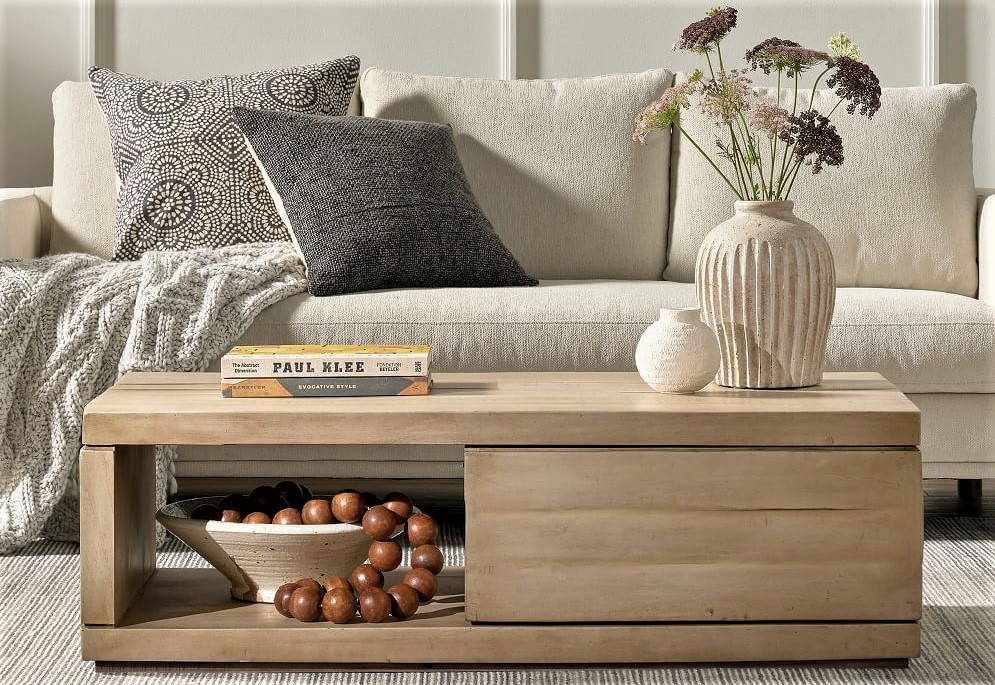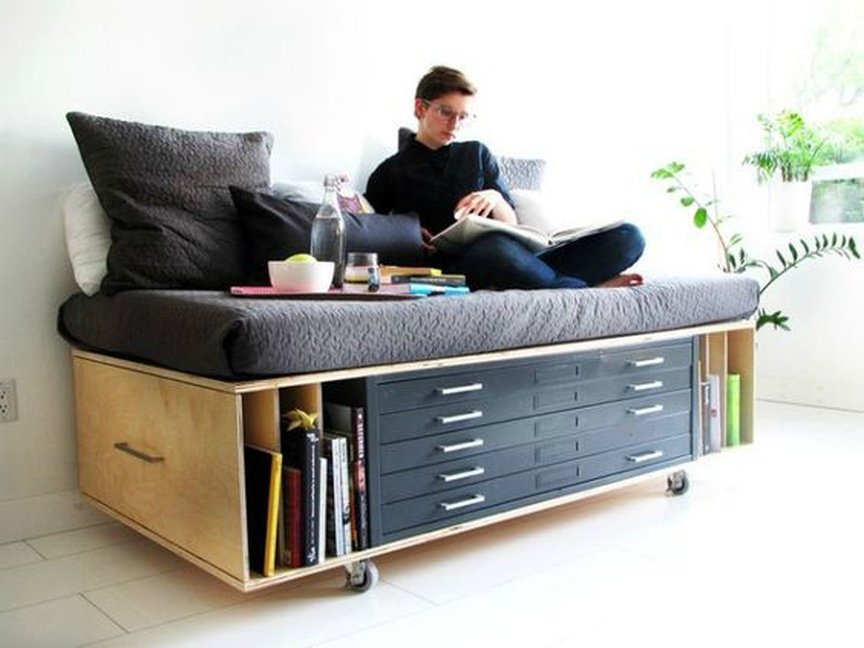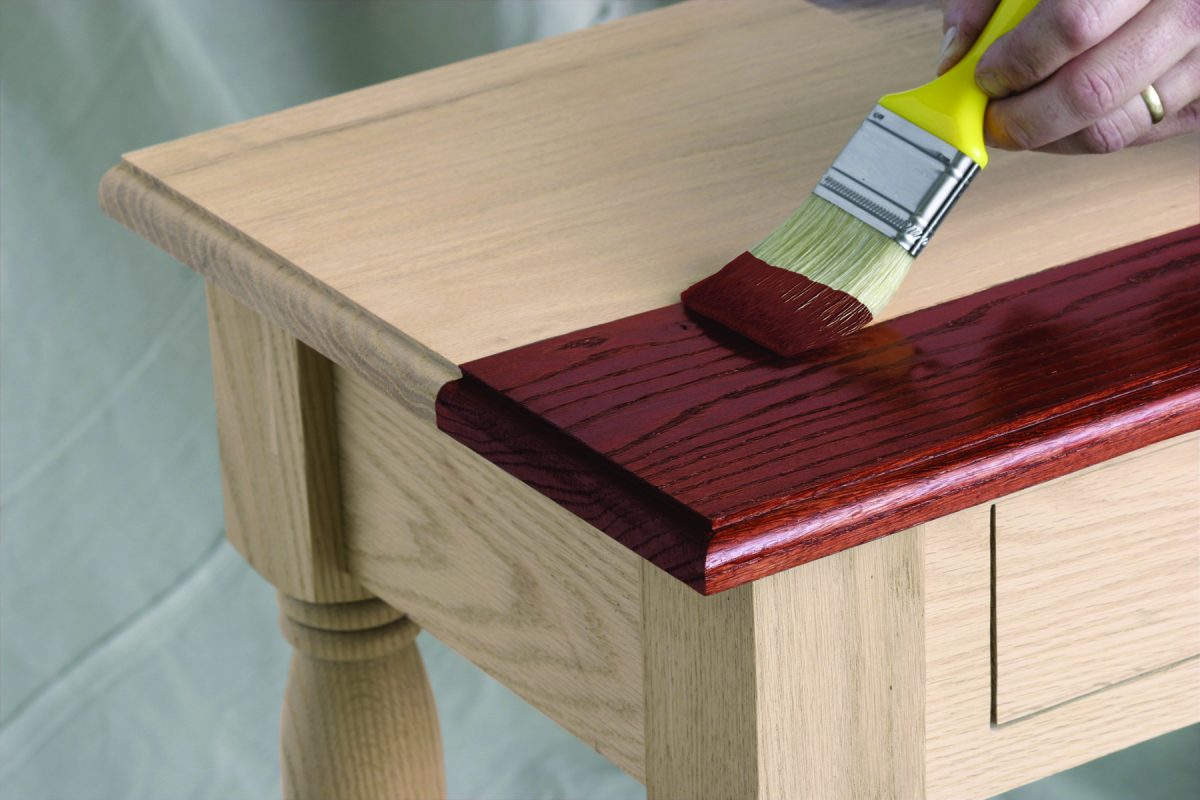The atmosphere of a room greatly influences the overall experience within it. A thoughtfully chosen element can uplift the ambiance, offering a blend of functionality and artistic expression. This article explores innovative designs that serve as functional partitions while enhancing the aesthetic appeal of various settings.
In the realm of contemporary design, the significance of vertical segments cannot be understated. They not only delineate areas but also serve as a canvas for creativity, allowing for a harmonious balance between privacy and openness. The right selection can redefine a space, drawing attention and admiration from all who enter.
Throughout this discussion, we will delve into various creative options that elevate environments, showcase craftsmanship, and embody the essence of today’s design trends. From minimalistic approaches to bold statements, there’s a myriad of ways to integrate these elements seamlessly into your surroundings.
Trends in Modern Interior Door Design
The evolution of entryways within contemporary spaces reflects broader design philosophies that prioritize both aesthetics and functionality. This segment showcases the innovative approaches adopted by designers to enhance the visual appeal and usability of these essential features in living environments.
-
Minimalism: Clean lines and understated designs dominate current preferences, aligning with the overall minimalist aesthetic popular in various facets of contemporary living.
-
Natural Materials: An inclination towards sustainability has led to a rise in the use of eco-friendly materials such as reclaimed wood and bamboo, which add warmth and elegance.
-
Color Variety: While neutral tones remain prevalent, bolder colors and unique finishes are increasingly embraced to create distinct visual statements and enhance overall decor.
-
Glass Panels: Translucent elements are favored for their ability to bring light into spaces while maintaining a level of separation, merging functionality with an open atmosphere.
-
Smart Technology: Integration of advanced features like smart locks and automated opening mechanisms reflects the growing trend towards convenience and security in residential settings.
These modalities not only transform the way spaces are segmented but also significantly influence the character and atmosphere of the entire environment. As innovation continues to reshape this domain, designers will experiment further with the boundaries of what these features can achieve, leading to exciting developments in aesthetic and practical applications.
Choosing the Right Materials for Doors
Selecting suitable substances is crucial in creating a cohesive and appealing atmosphere in any space. Various options exist, each with unique characteristics that can contribute to both aesthetics and functionality. Understanding the key features of these materials can assist in making an informed decision that aligns with personal taste and practical needs.
|
Material |
Pros |
Cons |
|---|---|---|
|
Wood |
Natural beauty, good insulation, easy to customize |
Can warp, requires maintenance, may be costly |
|
Metal |
Durable, low maintenance, modern appearance |
Can be cold and uninviting, prone to dents |
|
Glass |
Enhances natural light, visually appealing, versatile |
Fragile, limited privacy, requires cleaning |
|
Composite |
Cost-effective, resistant to moisture, varied designs |
Less authentic feel than wood, may not be as strong |
Ultimately, the choice of materials should reflect both the desired visual style and the practical requirements of the space. Evaluating the advantages and disadvantages of each type will ensure a selection that meets expectations and stands the test of time.
Functional Benefits of Hanging Doors
The implementation of suspended partitions in architectural design can greatly enhance both practicality and aesthetics within a space. These movable barriers provide solutions that not only optimize the available area but also introduce an elegant flow between different sections. Understanding these advantages highlights their role in creating versatile living environments.
Space Optimization
One of the primary advantages of utilizing elevated barriers is the efficient use of space. Unlike traditional fixed divisions, these adaptable elements allow for greater flexibility, making it easier to transition between different areas. This adaptability is particularly beneficial in compact settings, where every square foot counts, ensuring that the layout remains functional without compromising style.
Enhanced Accessibility
Furthermore, these partitions facilitate smooth movement throughout the area. Their design often incorporates mechanisms that enable effortless opening and closing, which increases accessibility and convenience. This feature is especially advantageous in households or workplaces, where quick and easy access to multiple rooms is essential for fluidity in daily activities.
Color Schemes for Contemporary Interiors
Choosing the right palette can significantly influence the ambiance and aesthetic of a living space. With the correct combination of shades, a room can be transformed into a tranquil retreat, a vibrant gathering place, or an inspiring workspace. Understanding how colors interact and evoke emotions is essential in crafting an appealing scene.
Neutral tones serve as a fantastic foundation, allowing bolder accents to shine. Shades like taupe, beige, and soft gray create a calm backdrop that can make spaces appear larger and more serene. These subtle hues can be complemented by various textures and materials, enhancing depth without overwhelming the senses.
Bold colors, on the other hand, can invigorate a space and showcase personality. Rich blues, deep greens, or vibrant reds can serve as focal points when used strategically. Accent walls or statement pieces embodying these hues capture attention and can energize a room’s atmosphere, inviting creativity and vibrancy.
Combining both neutral and bold palettes effectively can create a balanced visual experience. Consider utilizing accents in unexpected areas, such as trims, textiles, or decorative objects, to weave vibrancy throughout the décor. This approach allows for personalization while maintaining a cohesive look.
Additionally, incorporating monochromatic schemes can bring sophistication and elegance. By using varying shades of a single color, a space can achieve a unified yet dynamic appearance. This technique is particularly effective in creating a sense of harmony and continuity throughout an environment.
Ultimately, the selection of color tones not only defines the look but also impacts the overall mood and functionality of a space. Exploring and experimenting with different combinations can lead to the creation of inviting spaces that resonate with individual tastes and lifestyles.
Innovative Mechanisms for Space Saving
The quest for efficiency in spatial management has led to the development of groundbreaking mechanisms that facilitate optimal use of available areas. These advancements are designed to maximize usability while minimizing the footprint of various structures, proving invaluable in both residential and commercial settings.
One of the most notable approaches involves the incorporation of sliding systems. These setups allow panels to glide along tracks, effectively reducing the space required for traditional swing operations. Additionally, mechanisms like pocket designs enable fixtures to disappear entirely into walls, enhancing openness and flow.
|
Mechanism Type |
Description |
Benefits |
|---|---|---|
|
Sliding Systems |
Panels move parallel to walls on tracks. |
Requires less clearance, provides seamless transitions. |
|
Pocket Solutions |
Panels recess into wall cavities when opened. |
Creates uncluttered spaces, enhances versatility. |
|
Bi-Fold Designs |
Panels fold back to reduce width when opened. |
Ideal for tight areas, versatile usability. |
|
Accordion Styles |
Multiple panels fold in on themselves. |
Maximizes openness, quick access to larger areas. |
These unique mechanisms not only transform the way spaces are utilized but also allow for a blend of creativity and functionality in various settings, ensuring that every inch counts without sacrificing aesthetics.
Integrating Doors with Home Decor
The seamless incorporation of entryways into the overall aesthetic of a living space can significantly elevate its charm. Thoughtfully chosen and positioned, these functional elements can transform the ambiance, creating a cohesive and inviting atmosphere. By carefully considering design elements, colors, and textures, one can harmonize these features with the surrounding decor.
Color Coordination and Texture Matching
Utilizing a color palette that complements existing decor is essential. Soft hues can create a serene vibe, while vibrant shades can add energy. In addition, the texture of the surfaces–whether smooth, rough, or patterned–should mirror or contrast with nearby materials, enhancing visual interest and depth in the environment.
Functional Art and Design Elements
Consider the access points as more than mere passages; they can serve as functional art pieces. Incorporating decorative hardware or unique framing can accentuate their design. Innovative styles such as sliding mechanisms or bi-fold configurations can also introduce an element of surprise, making these features not only practical but also awe-inspiring within the space.
Q&A: Home furniture hanging interior doors
What are the benefits of using hanging interior doors in modern home interiors?
Hanging interior doors offer several benefits that make them an excellent choice for modern homes. Firstly, they save space by eliminating the need for traditional door swings, making them ideal for smaller or more compact living areas. They can slide open and closed, which increases accessibility and flow in a room. Secondly, hanging doors can be incredibly stylish and customizable. They come in various materials, colors, and designs, allowing homeowners to match their décor seamlessly. Additionally, hanging interior doors can create an open-concept feel while still allowing for privacy when needed, perfect for modern lifestyles where flexibility is key. Lastly, these doors are often easier to install and maintain, making them a practical option for homeowners looking to upgrade their interiors.
What materials are commonly used for stylish hanging interior doors?
Stylish hanging interior doors can be made from a variety of materials, each offering its own aesthetic and functional benefits. Common materials include wood, which provides a warm and traditional look while being durable and easy to customize. For a more contemporary vibe, metal doors, especially those with sleek finishes, can create an industrial chic aesthetic. Glass doors are also popular; they allow light to flow between spaces and can make areas feel larger and more open. Additionally, composite materials, like MDF, can be used to create smooth finishes and unique designs while being cost-effective. When choosing the material, it’s essential to consider both the style you desire and the practicality, such as maintenance and durability, that each option offers.
How do I choose the right hanging interior door for my home?
Choosing the right hanging interior door for your home involves several considerations to ensure it complements your overall design and meets your needs. Start by assessing the space where the door will be installed; measure the width and height to determine the appropriate size. Next, consider the style of your interior—do you prefer modern, rustic, or minimalist aesthetics? Select a door that reflects this style. Additionally, think about the functionality you need; for example, sliding doors are great for saving space, while bi-fold doors can open up entire walls. Pay attention to the material and color as well, as these will impact the overall ambiance of your space. Lastly, consider the hardware and installation; ensure it fits the door type and your DIY capabilities or decide on professional installation if necessary. By considering these factors carefully, you’ll find a door that enhances your home’s look and feel.
Are hanging interior doors suitable for all types of modern interiors?
Yes, hanging interior doors can be suitable for a wide range of modern interiors, but the key is to choose the right style, material, and design that aligns with the specific aesthetic you want to achieve. For minimalistic environments, sleek and simple doors without much ornamentation can create a clean and uncluttered appearance. In contrast, a more eclectic modern interior might benefit from doors with vibrant colors or unique textures. Moreover, hanging doors can fit comfortably within contemporary industrial styles, particularly those that utilize raw materials like metal and glass. Conversely, if you have a more traditional or transitional home, selecting vintage or rustic-inspired hanging doors can also create a harmonious blend. Ultimately, while hanging doors are versatile, their integration into your décor will depend on thoughtful selection to ensure cohesion with your existing design.
How do you install a prehung door and ensure it is level?
To install a prehung door, start by placing the prehung door in the opening. Position the door jamb flush with the wall and use shims to adjust and level the door on the hinge side of the door frame. Make sure to shim behind each hinge, starting from the bottom of the door and working upwards. Secure the door with screws through the hinge holes into the studs, and check that the door swings freely without binding. After ensuring proper alignment, finish by adding the door stop and installing the door hardware.
What steps are needed to remove the old door before installing a pre-hung door?
To remove the old door before installing a pre-hung door, begin by removing the pins from the hinges and taking the existing door off its frame. Next, use a utility knife to score any caulking or paint around the door frame and door jamb to prevent wall damage. Once scored, carefully pry the door frame and jamb away from the studs. Be sure to also remove any screws or nails securing the frame in place. Once the old door and frame are removed, you can begin preparing the opening for the new pre-hung door.
What are the benefits of using a prehung door compared to a slab door?
A prehung door comes with the door already attached to the door frame, making it easier for DIY projects like interior door installation. With a prehung door, the hinges are already installed, which means you don’t have to worry about aligning the door with the frame yourself. This type of door is ideal when replacing an old door and frame simultaneously. On the other hand, a slab door is just the door itself, without a frame or hinges, making it suitable for situations where the existing door frame is in good shape and does not need to be replaced.
How can you make sure the hinge side of the door is properly aligned during door installation?
To ensure the hinge side of the door is properly aligned during door installation, position the prehung door in the opening and check that the door jamb on the hinge side is plumb. Use shims behind each hinge to adjust the door’s alignment, starting at the bottom hinge and working your way up. Install screws into the studs through the hinge holes to secure the frame in place. Make sure the top hinge is tightly secured to prevent sagging. Lastly, check that the gap between the door and frame is consistent along the hinge side of the door.
What tools are required to install an exterior door, and how do you use them?
To install an exterior door, you will need several tools including a utility knife, shims, a drill, screws, and a level. Start by using a utility knife to cut away any existing caulking around the old door. After removing the old door and frame, place the new pre-hung exterior door in the opening. Use shims to level the door on both the hinge side and the latch side of the door. Drill screws through the hinge holes to attach the hinges to the door jamb and the studs. Finally, check that the door swings smoothly and secure it with additional screws if necessary.




